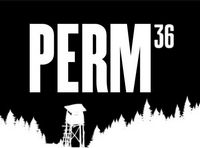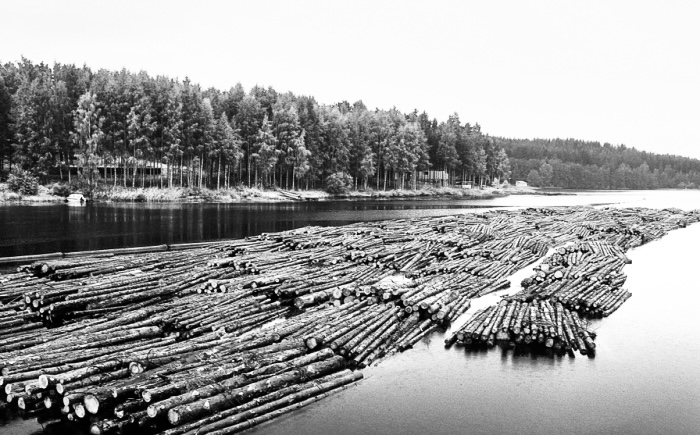In the early 1930s, the Urals became one of the main destinations for the deportation of dispossessed peasants — around 500,000 people were sent there. During the 1930s–1940s, deportations continued, including Crimean Tatars and Soviet Germans.
Most special settlements and camp sites were located along rivers, as deportees were used as a labor force for logging and timber harvesting. Today, many of these villages are abandoned, and some have completely disappeared. Yet traces of former settlements can still be found.
What has survived from the special settlements and camp sites in the Urals? This is the question posed by volunteers from the human rights group Memorial. They recently visited the north of Perm Krai to study how — or whether — the memory of repression is being preserved in this region.
#GulagTourism — this is the name given to this form of political and historical activism. Opinions may differ on the term and the practice itself, but undoubtedly it represents a form of public education. Do you agree?
🎥 Watch the video from this journey.


